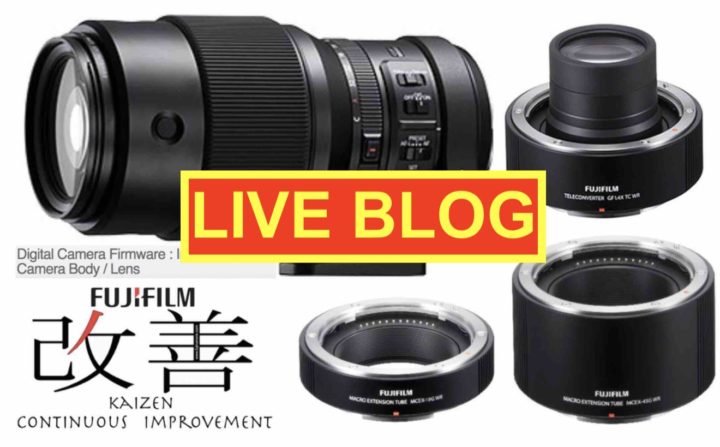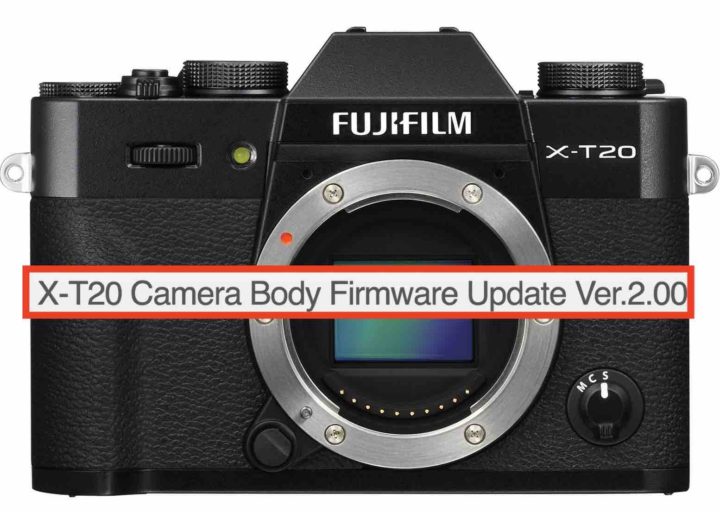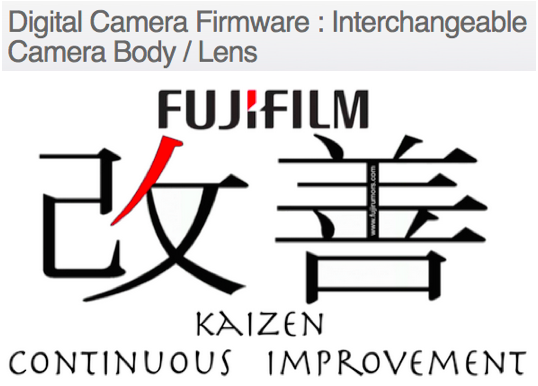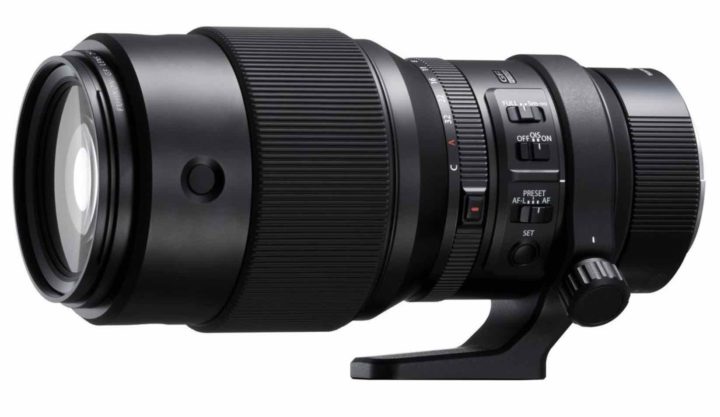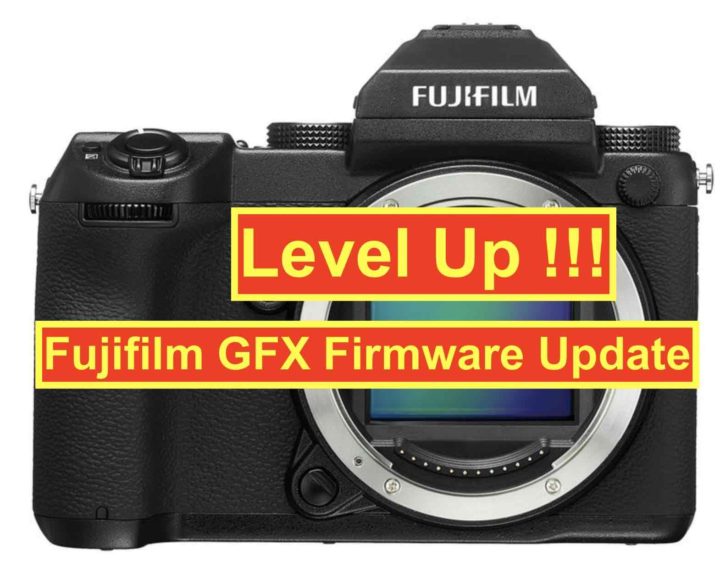Fujifilm Announces GF250mmF4, New Firmware for GFX, X-H1, X-T2, X-E3, X-Pro2, X100F, Download New X-T20 Firmware – LIVE BLOGGING
FUJIRUMORS LIVE BLOGGING
(refresh this page for latest updates)
Pre-orders Available
Fujinon GF 250mm F4: BHphoto, Adorama, AmazonUS
Fujinon GF 1.4x Teleconverter: BHphoto, Adorama, AmazonUS
18mm Macro Extension Tube: BHphoto, Adorama, AmazonUS
45mm Macro Extension Tube: BHphoto, Adorama, AmazonUS
Press Release + Product Pages/Samples
Fujinon GF 250mm F4
Press Release / Product Page / Samples / Owners Manual
Fujinon GF 1.4x Teleconverter
Press Release / Product Page / Samples / Owners Manual
18/45mm Macro Extension Tubes
Product Page / PDF file with magnification data
Follow & Like
FujiRumors at Facebook, RSS-feed and Twitter
Facebook User Groups for Fujifilm X-T, GFX, X-H, X-Pro, X-E and X100 line
First Look Reviews + Hands on Photos
- jonasraskphtography – Behemoth Obscura – Fujifilm GF 250mm f/4 and GF1.4X TC WR mini review
- jonasraskphtography – Moving in close – A look at the Fujifilm MCEX-18G and MCEX-45G
- ephotozine – hands on photos
- photographyblog – hands on photos
- Rico’s Flickr Samples – 30 full-res samples with GF 250mm, TC, MCEX
- Flickr – 250mmF4 Tagged images
X-T20 and XC 15-45 Firmware Updates Download
- X-T20 Camera Body Firmware Ver.2.00 – download here
- XC15-45mmF3.5-5.6 Firmware Ver.1.01 – download here
GFX 50S, X-H1, X-T2, X-E3, X-Pro2, X100F Firmware Update Announcements
- GFX 50S Firmware ver. 3.10 – release May
- X-T2 Firmware ver. 4.00 – release May
- X-H1 Firmware ver. 1.10 –release May
- X-Pro2 Firmware ver. 5.00 -release May
- X-E3 Firmware ver. 1.20 -release April
- X100F Firmware ver. 2.10 – release April
GF 250mm & Co Videos
Video focus is on first looks and hands on. Go to Fujifilm Global Youtube, fujifilm-x and Fuji Guys Youtube to see all promo videos


